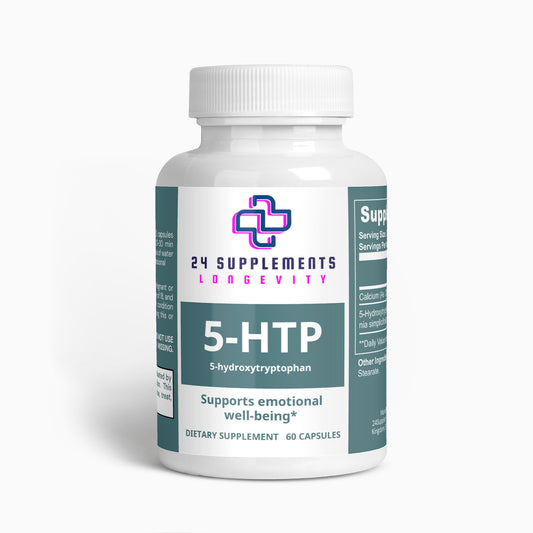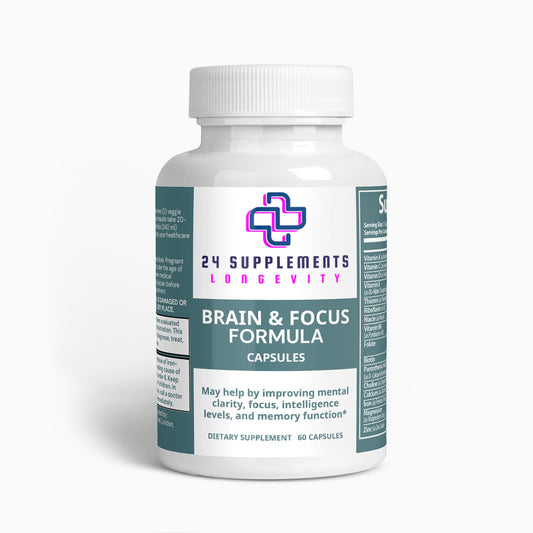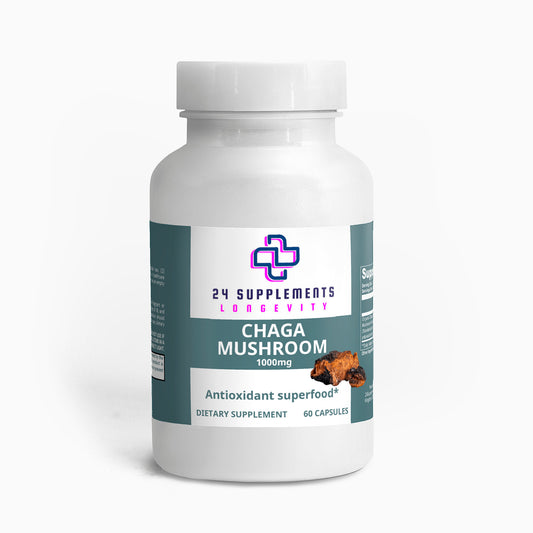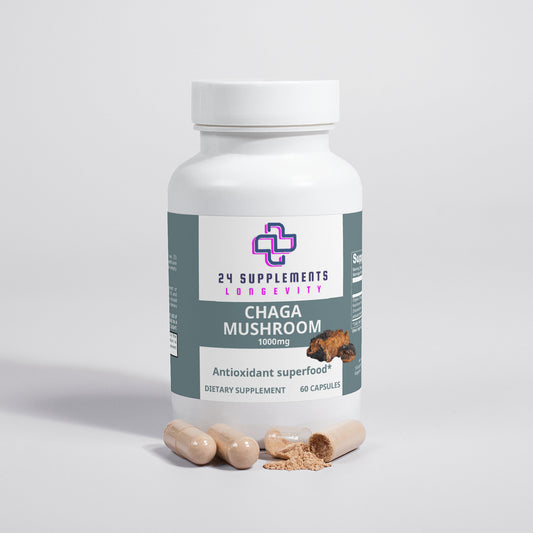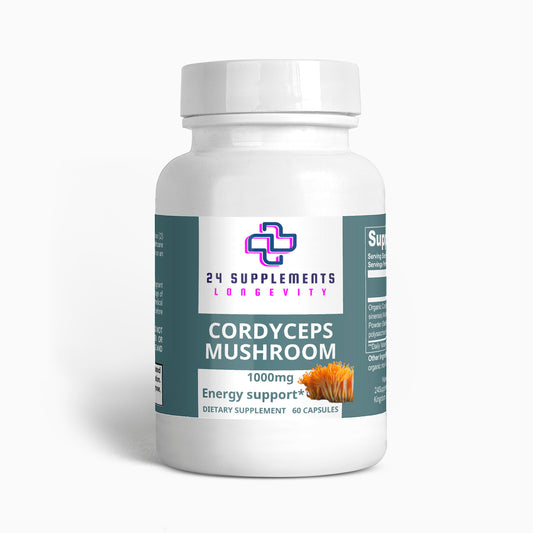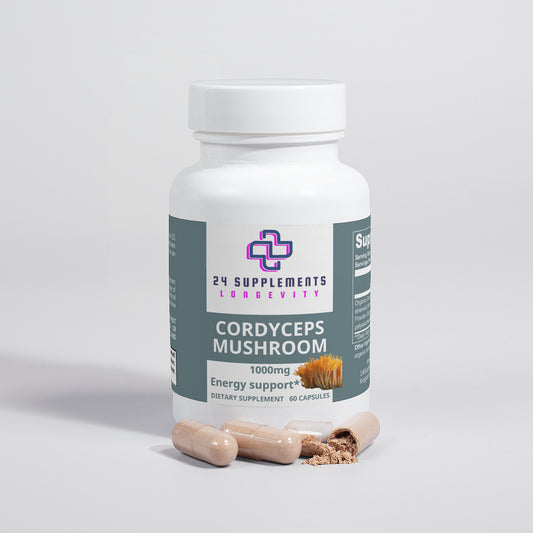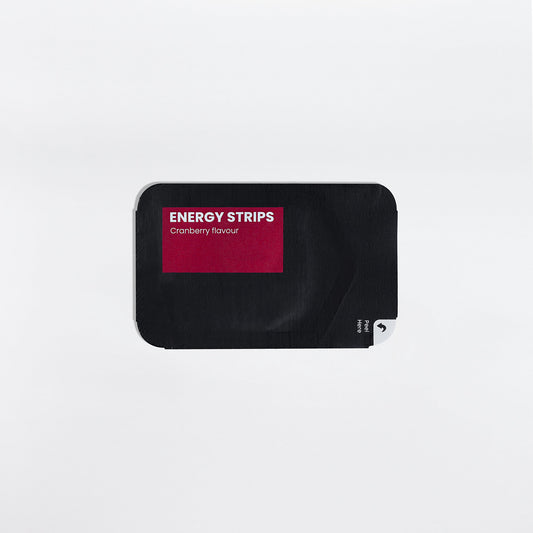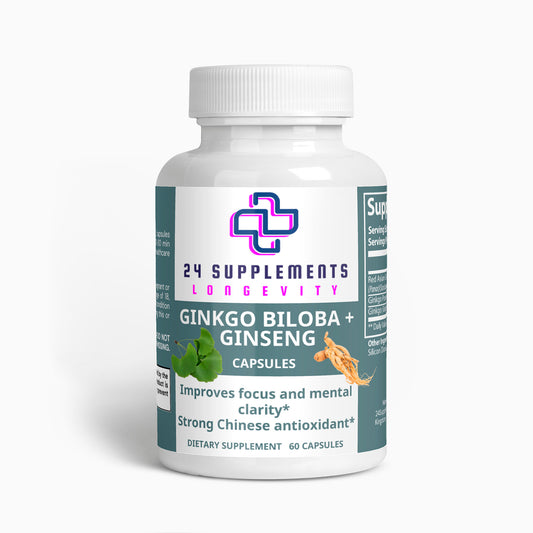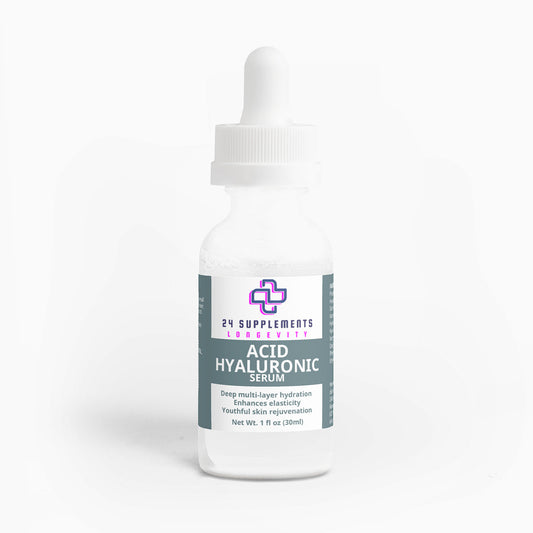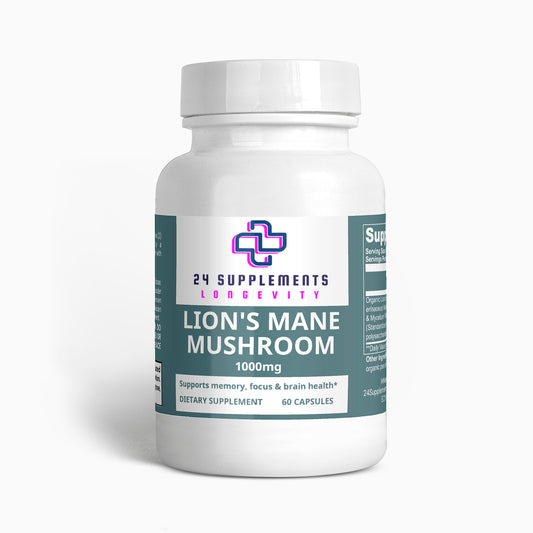
Understanding Nerve Pain and How CBD Can Help
Share
Introduction to Nerve Pain (Neuropathy)
Nerve pain, also known as neuropathy, is a condition that affects millions of people worldwide. Unlike more common pain types caused by injury or inflammation, nerve pain arises from damage or dysfunction within the nervous system. Neuropathy can manifest in various forms, including burning, tingling, numbness, and sharp, stabbing pains. These sensations are often chronic and can significantly impact a person’s quality of life, making daily activities challenging and, at times, unbearable.
Causes of Nerve Pain
Nerve pain can result from a variety of underlying conditions, including:
-
Diabetes: Diabetic neuropathy is one of the most common forms of nerve pain, affecting up to 50% of people with diabetes. High blood sugar levels can cause damage to nerve fibers throughout the body, particularly in the extremities.
-
Injury: Physical trauma, such as from accidents or surgeries, can lead to nerve damage, resulting in chronic pain.
-
Infections: Certain infections, like herpes zoster (shingles), can cause nerve pain long after the initial infection has healed. This type of pain is known as postherpetic neuralgia.
-
Autoimmune Diseases: Conditions like multiple sclerosis or lupus can cause the immune system to attack nerve tissues, leading to neuropathic pain.
-
Chemotherapy: Cancer treatments, particularly certain types of chemotherapy, can result in peripheral neuropathy, often characterized by sharp, burning sensations in the hands and feet.
Impact on Quality of Life
Nerve pain can be debilitating, leading to sleep disturbances, anxiety, depression, and reduced mobility. Traditional treatments often provide limited relief and come with significant side effects, which has led to growing interest in alternative therapies, such as cannabidiol (CBD), to manage neuropathic pain.
Traditional Approaches to Managing Nerve Pain
Managing nerve pain typically involves a combination of pharmacological and non-pharmacological approaches. However, these treatments often fall short of providing comprehensive relief, and many patients continue to suffer despite adhering to prescribed therapies.
Pharmacological Treatments
-
Antidepressants: Medications such as amitriptyline, nortriptyline, and duloxetine are commonly prescribed for nerve pain. They work by altering the levels of neurotransmitters in the brain that affect pain perception. However, these drugs can cause side effects like drowsiness, dry mouth, and weight gain.
-
Anticonvulsants: Drugs like gabapentin and pregabalin are often used to treat nerve pain. These medications work by stabilizing overactive nerve cells. Side effects can include dizziness, fatigue, and blurred vision.
-
Opioids: For severe pain, doctors may prescribe opioids like tramadol or oxycodone. While effective, opioids carry a high risk of dependency and other serious side effects, making them a less desirable option for long-term management.
Non-Pharmacological Treatments
-
Physical Therapy: Physical therapy is often recommended to improve strength, flexibility, and balance, which can help manage pain. However, the effects can be limited for those with severe nerve damage.
-
Transcutaneous Electrical Nerve Stimulation (TENS): This technique involves using low-voltage electrical currents to provide pain relief. While TENS can be helpful for some patients, its effectiveness varies.
-
Acupuncture: Some patients report relief from nerve pain through acupuncture, a traditional Chinese medicine practice. However, clinical evidence supporting its effectiveness is mixed.
Limitations of Traditional Treatments
Despite these options, many patients with nerve pain find that traditional treatments provide insufficient relief or come with intolerable side effects. This has led to a growing interest in CBD as a potential alternative, offering relief without the harsh side effects associated with conventional drugs.
The Role of the Endocannabinoid System in Pain Management
The endocannabinoid system (ECS) plays a crucial role in regulating various physiological processes, including pain sensation, immune response, and mood. Understanding the ECS is essential to grasp how CBD may offer relief from nerve pain.
Components of the Endocannabinoid System
-
Endocannabinoids: These are naturally occurring compounds in the body that bind to cannabinoid receptors. The two primary endocannabinoids are anandamide and 2-arachidonoylglycerol (2-AG).
-
Cannabinoid Receptors: The ECS includes two main types of receptors: CB1 receptors, predominantly found in the brain and central nervous system, and CB2 receptors, primarily located in the immune system. These receptors interact with endocannabinoids to regulate various bodily functions.
-
Enzymes: Enzymes such as fatty acid amide hydrolase (FAAH) break down endocannabinoids after they have fulfilled their role, helping to maintain homeostasis.
How the ECS Regulates Pain
The ECS modulates pain by influencing the release of neurotransmitters and reducing inflammation. When the body experiences pain, endocannabinoids are released to bind with CB1 and CB2 receptors, which can help reduce the perception of pain and control inflammatory responses.
CBD's Interaction with the ECS
Unlike THC, which binds directly to CB1 receptors and produces psychoactive effects, CBD does not bind directly to cannabinoid receptors. Instead, it modulates the ECS by:
-
Inhibiting FAAH: By inhibiting the enzyme FAAH, CBD prevents the breakdown of anandamide, one of the body's key endocannabinoids. This leads to increased levels of anandamide, which can enhance pain relief.
-
Modulating Non-Cannabinoid Receptors: CBD interacts with other receptors, such as TRPV1 (involved in pain perception) and 5-HT1A (linked to serotonin release), which may contribute to its analgesic and anti-inflammatory properties.
How CBD Can Help with Nerve Pain
Research into the potential benefits of CBD for nerve pain has grown significantly in recent years. Several studies have explored how CBD might alleviate neuropathic pain, offering a natural alternative to traditional pain management strategies.
Scientific Studies on CBD and Nerve Pain
-
Study 1: CBD and Chronic Neuropathic Pain in Rodents
-
A 2017 study published in the Journal of Pain Research investigated the effects of CBD on chronic neuropathic pain in rodents. The study found that CBD reduced pain and inflammation without causing significant analgesic tolerance, making it a promising option for long-term pain management.
-
-
Study 2: Topical CBD Application for Peripheral Neuropathy
-
A 2020 randomized controlled trial published in the European Journal of Pain examined the effects of topical CBD application on patients with peripheral neuropathy. The results showed that CBD significantly reduced pain and discomfort in the affected areas, improving the patients' quality of life.
-
-
Study 3: CBD and Chemotherapy-Induced Neuropathy
-
A 2019 study in the Frontiers in Pharmacology journal explored the effects of CBD on chemotherapy-induced neuropathy in mice. The researchers found that CBD reduced nerve pain and inflammation without affecting the efficacy of the chemotherapy treatment.
-
Potential Mechanisms of Action
CBD’s ability to alleviate nerve pain may stem from several mechanisms:
-
Anti-Inflammatory Properties: By reducing inflammation, CBD may help mitigate one of the key contributors to nerve pain.
-
Neuroprotective Effects: CBD’s neuroprotective properties may help prevent further nerve damage and promote nerve healing.
-
Modulation of Pain Receptors: By interacting with TRPV1 and other receptors involved in pain perception, CBD may reduce the intensity and frequency of pain signals.
Comparing CBD with Traditional Treatments
Compared to traditional pharmacological treatments, CBD offers a natural alternative with a potentially lower risk of side effects and dependency. While more research is needed, existing studies suggest that CBD could be a valuable tool in managing neuropathic pain, particularly for patients who have not found relief through conventional methods.
Practical Considerations for Using CBD for Nerve Pain
For those considering CBD as a treatment for nerve pain, it’s essential to understand how to use it effectively, including dosing, administration methods, and potential safety concerns.
Dosage Guidelines
There is no one-size-fits-all dosage for CBD, as it depends on factors such as body weight, the severity of the pain, and individual tolerance levels. However, general guidelines suggest starting with a low dose and gradually increasing it until the desired effects are achieved.
-
Starting Dose: A common starting dose is 10-20 mg of CBD per day.
-
Incremental Increase: Gradually increase the dose by 5-10 mg every few days, monitoring how the body responds.
-
Maximum Dose: While CBD is generally well-tolerated, most experts recommend not exceeding 1500 mg per day without medical supervision.
Methods of Administration
CBD can be administered in several forms, each with its own benefits and considerations:
-
Sublingual Oils and Tinctures: Placing CBD oil under the tongue allows for rapid absorption into the bloodstream, with effects typically felt within 15-45 minutes.
-
Topical Applications: Creams and balms infused with CBD can be applied directly to the skin, providing localized relief for nerve pain. This method is particularly useful for conditions like peripheral neuropathy.
-
Edibles and Capsules: These forms offer a convenient way to consume CBD, but they must pass through the digestive system, resulting in a slower onset of effects (30 minutes to 2 hours).
-
Inhalation (Vaping): Inhaling CBD allows for quick absorption through the lungs, but it may not be suitable for everyone, particularly those with respiratory conditions.
Safety Considerations
While CBD is generally considered safe, it’s important to be aware of potential side effects and interactions with other medications:
-
Common Side Effects: These can include dry mouth, drowsiness, and changes in appetite.
-
Drug Interactions: CBD can interact with certain medications, particularly those metabolized by the liver’s cytochrome P450 enzyme system. It’s crucial to consult with a healthcare provider before combining CBD with other medications.
-
Quality and Purity: To ensure safety and effectiveness, choose high-quality CBD products that have been third-party tested for purity and potency.
Conclusion
Nerve pain, or neuropathy, presents significant challenges to those who suffer from it, often leading to chronic discomfort and a diminished quality of life. While traditional treatments are available, they frequently come with limitations and side effects that can be difficult to manage.
CBD offers a promising alternative, backed by growing scientific evidence suggesting its potential to alleviate nerve pain through various mechanisms, including anti-inflammatory effects, neuroprotection, and modulation of pain receptors. Although more research is needed, CBD’s relative safety and lack of severe side effects make it an attractive option for those seeking relief from neuropathic pain.
As with any treatment, it’s essential to approach CBD use thoughtfully, starting with a low dose and consulting with healthcare providers to ensure it’s a suitable option. By staying informed and choosing high-quality products, individuals can explore CBD as a potentially valuable addition to their pain management strategy.













